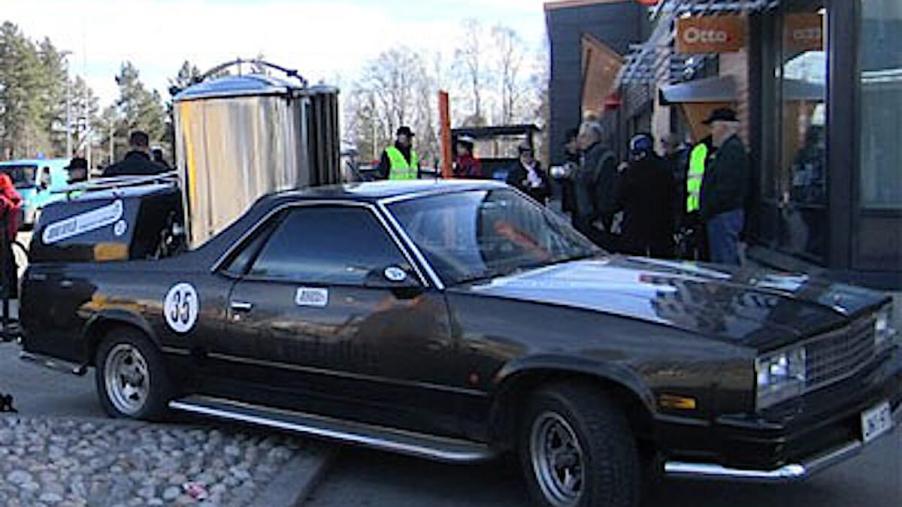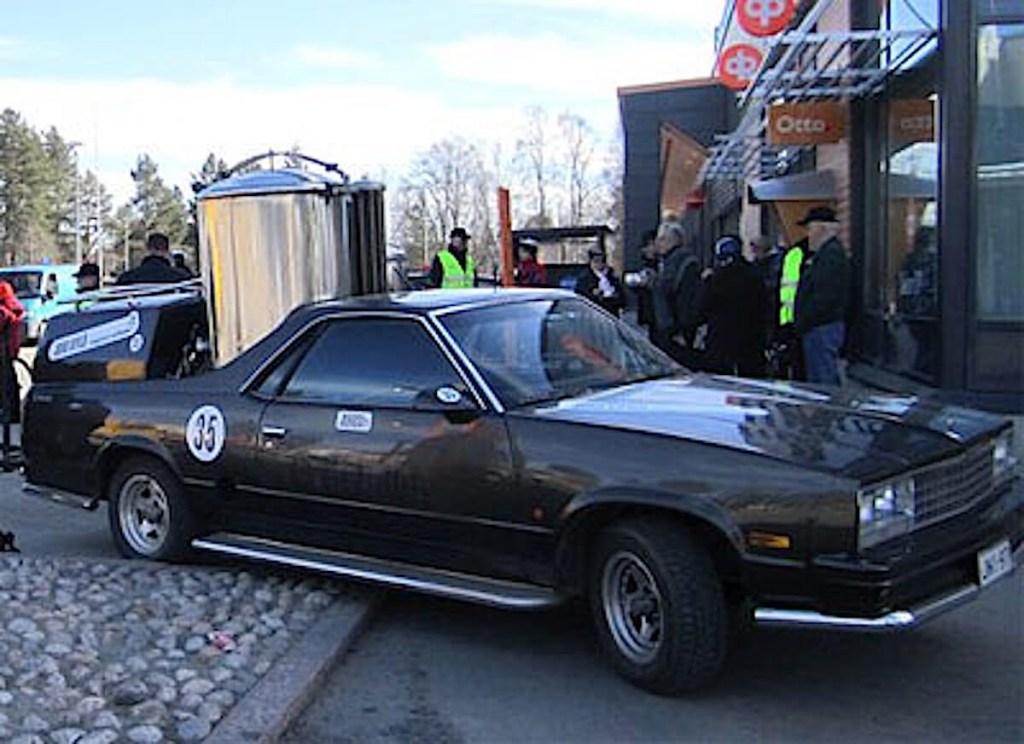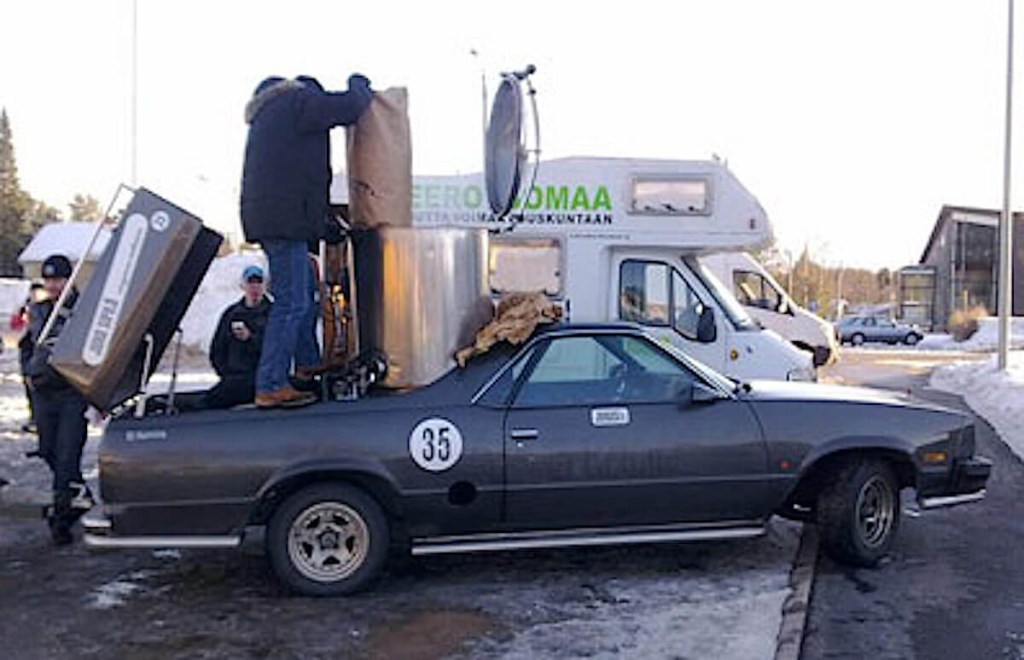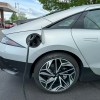
Wood-Powered Chevy El Camino: A Better Alternative to Gas, Electricity, and Hydrogen
We’re at the cusp of a revolution in personal transportation using many forms of alternative fuel to power vehicles. Everything from hydrogen to solar power is on the table, while many automakers are deep into electrification development. So it only makes sense that many forms of power are on the table, like wood. Wait, what? Yep, this is a wood-powered Chevrolet El Camino.
How does the wood-powered El Camino work?

Called the “El Kamina,” it is a wood-powered 1987 Chevrolet El Camino, the last year Chevy made the sedan/pickups. It’s the brainchild of Finnish politician Juha Sipila. Kamiina in Finnish means “stove.” Get it?
Power comes from a wood gas generator. While it sounds high-tech, these were actually used in Great Britain during WWII. Today’s wood gas generators, such as the one in Silila’s El Camino, can utilize 75% of wood’s energy when burned. They’re one of the most environmental energy technologies using renewable energy methods.
Do you just throw logs into the El Camino?
He throws a heap of wood pellets into the tank and achieves around 125 miles of range. A full tank of pellets weighs about 175 lbs. But with the generous bed incorporated into all El Caminos, he can actually carry enough wood pellets for 800 miles of range. And the small block Chevy engine it still retains can be used with a combination of wood gas and gasoline.
We should point out that this is a clean alternative to gasoline combustion engines. It’s not like that burning wood in your fireplace. The burning of wood burned this way, called “gasification,” is one of the cleanest forms of combustion. Gasification turns the wood into a gaseous fuel source. A gasifier like that in the El Kamina is 90% cleaner than burning wood in a stove.
Inside the gasifier, all of the wood, and almost all of the resultant smoke and gasses are recirculated for additional power. So the combustion aftermath burns up rather than expelled into the atmosphere. And there are other advantages.
Isn’t burning wood bad for the environment?

First, wood is a renewable resource. And because wood is almost everywhere, it comes in quite handy when there is a fuel shortage. And for some living in open areas, it is also easy to get, at no cost other than cutting the trees down and making the wood pellets.
Because several byproducts of burning the gas could end up in the atmosphere, filters help to clean things up. Dust, biomass ash, fly ash, and gas emissions are just some of the things that need to be contained.
The top speed for the wood-powered El Kamina is around 87 miles, so it’s no race car. But most daily drivers aren’t. According to diseno-art, there are a few downsides.
What are the downsides to burning wood for power?

One is that it takes 20 minutes to get everything hot enough to create the gas. That’s similar to steam-powered cars. They take time to heat the water into steam. Another problem is they tend to need regular maintenance in the form of cleaning them. It’s a dirty job.
Though the boilers inside the wood gas generators have self-cleaning features, heat exchangers must be cleaned on a regular basis. If not, the efficiency of the generator goes down quickly. There are also ash bins to empty regularly.
So there you go. What looked like a goof, that of burning wood to run a car turns out to be very environmental-friendly.



